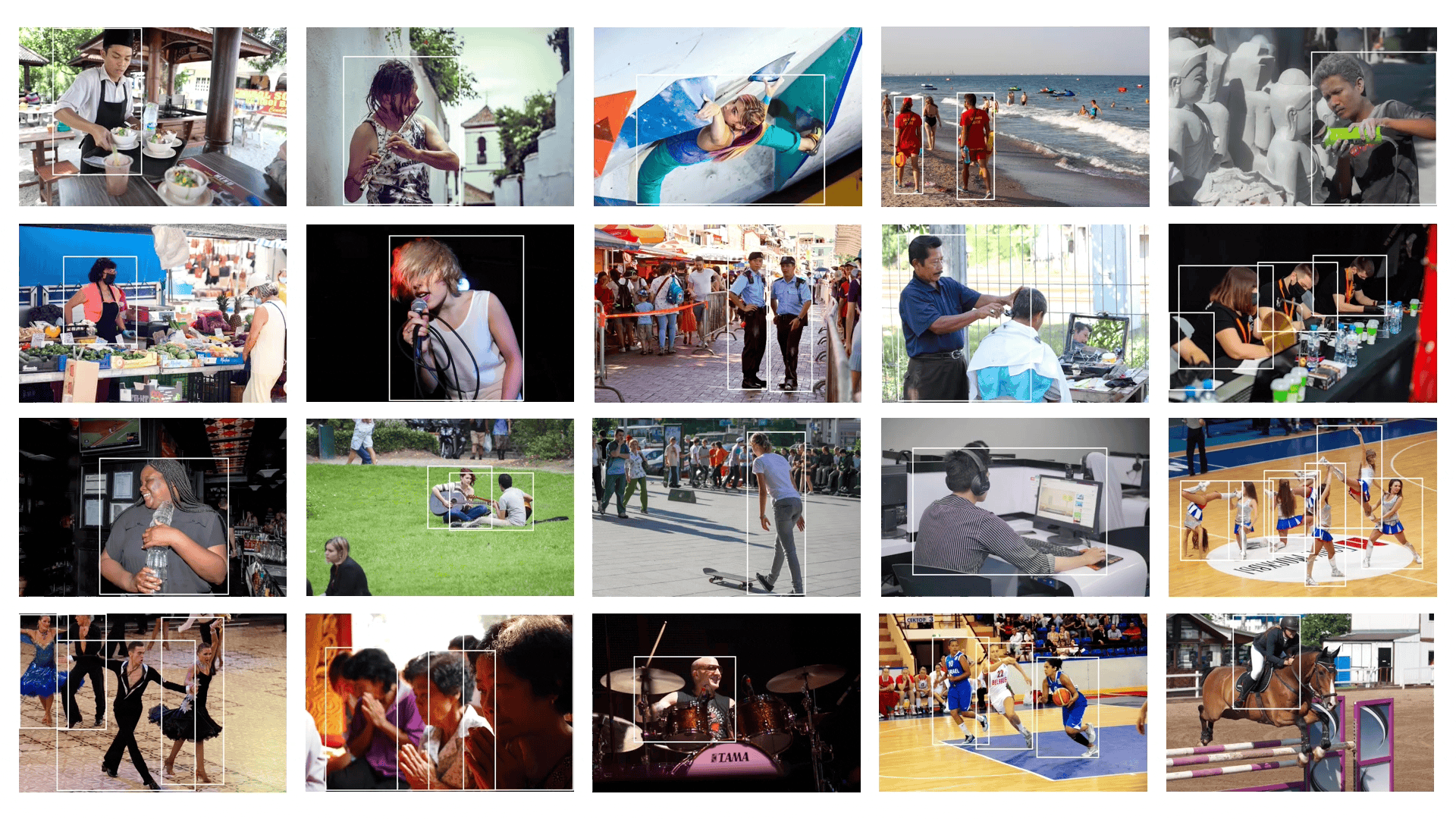Meta AI’s Two New Endeavors for Fairness in Computer Vision: Introducing License for DINOv2 and Releasing FACET
In the ever-evolving field of computer vision, a pressing concern is the imperative to ensure fairness. This narrative illuminates the vast potential residing in AI technology, particularly within computer vision, where it stands as a catalyst for transformative breakthroughs across diverse sectors, from maintaining ecological preservation efforts to facilitating groundbreaking scientific exploration. Yet, it remains unabashedly honest about the inherent risks entangled with this technology’s rise.
Researchers from Meta AI emphasize the crucial equilibrium that must be struck—a harmonious balance between the rapid cadence of innovation and the conscientious development practices that emerge as necessary. These practices are not merely a choice but a vital shield against the potential harm this technology may inadvertently inflict upon historically marginalized communities.
Meta AI researchers have charted a comprehensive roadmap in response to this multifaceted challenge. They commence by making DINOv2, an advanced computer vision model forged through the crucible of self-supervised learning, accessible to a broader audience under the open-source Apache 2.0 license. DINOv2, short for Data-Efficient Image Neural Network Version 2, represents a significant leap in computer vision models. It harnesses self-supervised learning techniques to create universal features, enabling it to understand and interpret images in a highly versatile manner.
DINOv2’s capabilities extend beyond traditional image classification. It excels in many tasks, including semantic image segmentation, where it accurately identifies object boundaries and segments images into meaningful regions, and monocular depth estimation, allowing it to perceive the spatial depth of objects within an image. This versatility makes DINOv2 a powerhouse for computer vision applications.This expansion in accessibility empowers developers and researchers to harness the formidable capabilities of DINOv2 across an extensive spectrum of applications, pushing the frontiers of computer vision innovation even further.
The crux of Meta’s commitment to fairness within computer vision unfolds with the introduction of FACET (FAirness in Computer Vision Evaluation). FACET is a monumental benchmark dataset comprising a staggering 32,000 images featuring approximately 50,000 individuals. However, what distinguishes FACET is the meticulous annotation of expert human annotators. These experts have labored to annotate the dataset meticulously, categorizing it across multiple dimensions. This includes demographic attributes such as perceived gender presentation, age group, and physical attributes encompassing perceived skin tone and hairstyle. Remarkably, FACET introduces person-related classes, spanning diverse occupations like “basketball player” and “doctor.” The dataset further extends its utility by including labels for 69,000 masks, enhancing its significance for research purposes.
Initial explorations employing FACET have already brought to light disparities in the performance of cutting-edge models across different demographic groups. For instance, these models frequently encounter challenges in accurately detecting individuals with darker skin tones or those with coily hair, unveiling latent biases that warrant meticulous scrutiny.
In performance evaluations using FACET, state-of-the-art models have exhibited performance disparities across demographic groups. For instance, models may struggle to detect individuals with darker skin tones, exacerbated for individuals with coily hair. These disparities underscore the need to evaluate and mitigate bias in computer vision models thoroughly.
Although designed primarily for research evaluation and not intended for training purposes, FACET has the potential to emerge as the preeminent standard for assessing fairness within computer vision models. It sets the stage for in-depth, nuanced examinations of fairness in AI, transcending conventional demographic attributes to incorporate person-related classes.
In summation, the Meta article amplifies the clarion call regarding fairness issues within computer vision while shedding light on the performance disparities uncovered by FACET. Meta’s methodology involves expanding access to advanced models like DINOv2 and introducing a pioneering benchmark dataset. This multifaceted approach underscores their unwavering commitment to fostering innovation while upholding ethical standards and mitigating equity issues. It highlights their relentless dedication to responsible development, charting a course toward attaining an equitable AI landscape—one where technology is harnessed for the betterment of all.
Check out the Meta AI Article. All Credit For This Research Goes To the Researchers on This Project. Also, don’t forget to join our 29k+ ML SubReddit, 40k+ Facebook Community, Discord Channel, and Email Newsletter, where we share the latest AI research news, cool AI projects, and more.
If you like our work, you will love our newsletter..
![]()
Madhur Garg is a consulting intern at MarktechPost. He is currently pursuing his B.Tech in Civil and Environmental Engineering from the Indian Institute of Technology (IIT), Patna. He shares a strong passion for Machine Learning and enjoys exploring the latest advancements in technologies and their practical applications. With a keen interest in artificial intelligence and its diverse applications, Madhur is determined to contribute to the field of Data Science and leverage its potential impact in various industries.
Credit: Source link


Comments are closed.